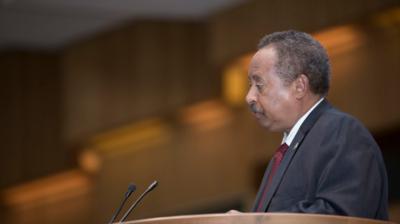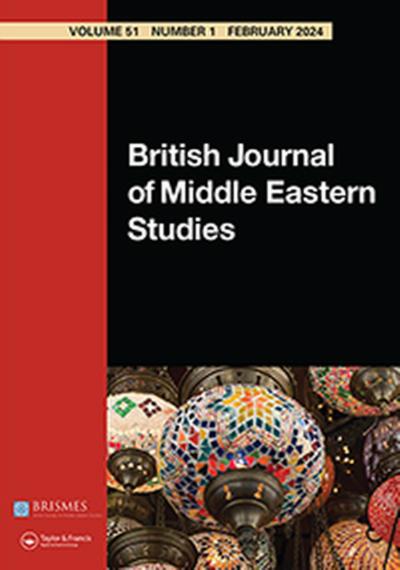CMI Working Paper
| 2005
Aid, Growth and Peace: A Comparative Analysis
Bergen: Chr. Michelsen Institute (CMI Working Paper WP 2005: 13) 20 p.
The paper examines patterns of post-conflict aid in a sample of 14 countries, with in-depth qualitative analysis of seven cases. The study shows that - contrary to the findings of World Bank-supported research in this area - donors do not respond to a CNN-effect by rushing in aid soon after peace is declared while scaling back rapidly during the remaining post-war decade. Rather, post-war aid follows several patterns and can best be understood as strategic behavior designed to promote a range of economic and political objectives. This paper also questions the related policy recommendation of the World Bank research, which is that post-conflict aid should be designed to maximize economic growth during the first decade of peace. Rather, this paper argues, other aid strategies are more relevant to stabilize peace in the short run and sustain it in the longer run.
The effects of post-war aid
Jan 2003 - Jun 2005



